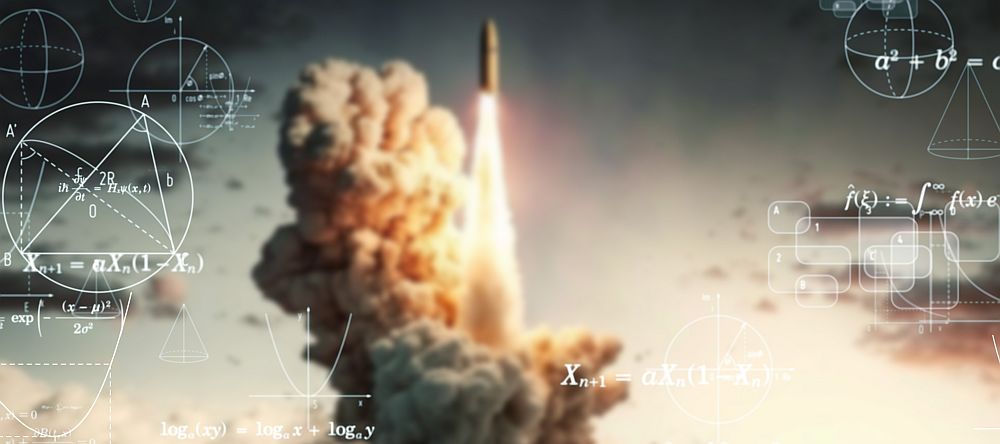
[Image above] View of the Arecibo radio telescope primary dish and the spherical reflector in 2019. Credit: Mario Roberto Durán Ortiz, Wikimedia (CC BY-SA 4.0)
At 8 a.m. local time yesterday in Puerto Rico, the end of an era officially arrived when the 900-ton instrument platform of the Arecibo Observatory collapsed.
The Arecibo Observatory, an observatory in Arecibo, Puerto Rico, housed the Arecibo Telescope, which consisted of a 1,000-foot (305-meter) wide radio dish above which the instrument platform was suspended by cables connected to three towers.
News of the platform collapse was not entirely unexpected because it came after several months of technical difficulties at the observatory. In August, an auxiliary cable slipped from its socket and left a 100-foot gash in the dish below. As engineers worked to determine how to repair the damage, a main cable connected to the same tower broke November 6.
On November 19, the National Science Foundation (NSF), who is the primary funder of the observatory, decided to decommission Arecibo because “a preponderance of data showed that we simply could not [repair the observatory] safely,” said Ralph Gaume, director of NSF’s Division of Astronomical Sciences, in an NSF announcement.
The goal was to safely preserve other parts of the observatory that could be damaged or destroyed in the event of an unplanned, catastrophic collapse. Unfortunately, that type of collapse is exactly what occurred the morning of December 1.
At this point, details are sparse on the extent of the damage caused by the platform collapse. NSF is expected to release more information in the coming days, and the agency along with NASA will need to begin plotting a path forward to fill the gap in astronomical research left by the observatory’s absence.
In honor of Arecibo Observatory, today we highlight some of the most important contributions to science made at the observatory during its almost 60-year run. A more detailed timeline of accomplishments can be seen on the Arecibo Observatory website.
You can also scroll to the end of this article to see a cool drone video of the observatory put together by the University of Central Florida during a site assessment in 2018.
1965 – Correct rotation rate of Mercury
In June 1965, astronomers Gordon Pettengill and Rolf Dyce published a paper in Nature showing that the rotation rate of Mercury (the length of time it spins once on its axis) is 59 days, in contrast to the planet’s orbital period (the time it takes to orbit the Sun) of 88 days. Prior to this discovery, researchers assumed that the rotation rate was the same as the orbital period.
1974 – First discovery of binary pulsar
A pulsar is a highly magnetized rotating compact star that emits beams of electromagnetic radiation out of its magnetic poles.
In January 1975, astronomers Russell Hulse and Joseph H. Taylor, Jr. published a paper in The Astrophysical Journal announcing the discovery of a binary pulsar, or a pulsar with a binary companion, often a white dwarf or neutron star.
They showed that the pulsar was losing energy through gravitational radiation at the rate predicted by physicist Albert Einstein’s theory of general relativity. For this discovery, they won the Nobel Prize for Physics in 1993.
1991 – First confirmed discovery of extrasolar planets
In January 1992, astronomers Alex Wolszczan and Dale Frail published a paper in Nature announcing the discovery of two planets circling the pulsar PSR B1257+12. While several extrasolar planet candidates had recently been spotted, Wolszczan and Frail’s discovery provided the first confirmation that planets exist beyond our own solar system.
2015 – First record of repeating fast radio bursts
In November 2015, McGill University Ph.D. student Paul Scholz was sifting through results from observations made by the Arecibo Telescope when he noticed that new data gathered in May and June showed several bursts with properties consistent with those of a fast radio burst detected in 2012.
In a paper published in Nature in March 2016, Scholz and his colleagues suggest the finding may indicate that these repeating bursts come from an object with unprecedented power, such as a highly magnetized, rapidly rotating neutron star. Prior to this discovery, all previously detected fast radio bursts appeared to be one-off events.

Credit: UCF Department of Security and Emergency Management, YouTube
Author
Lisa McDonald
CTT Categories
- Aeronautics & Space


